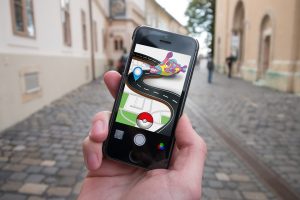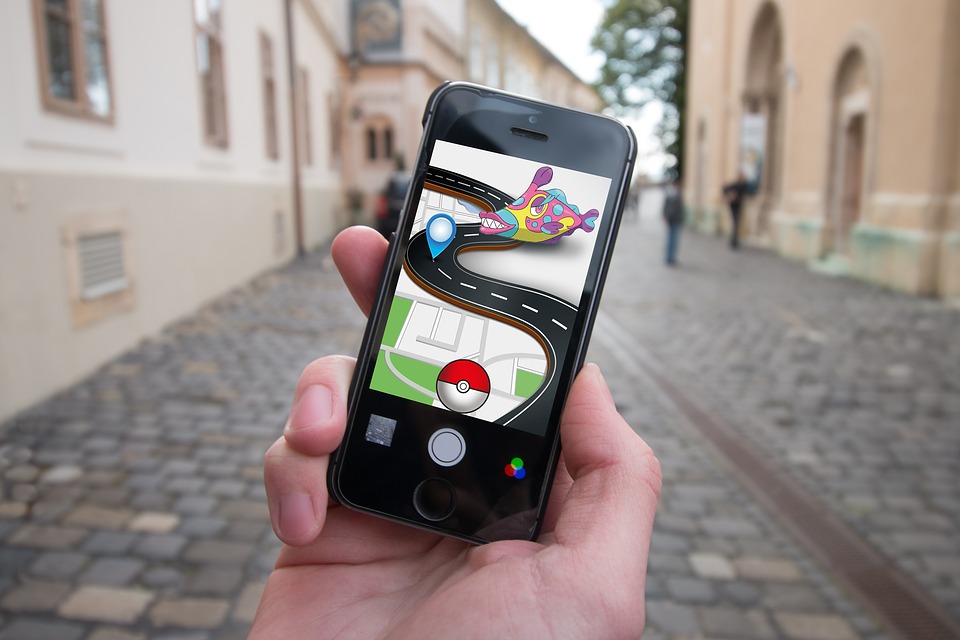 People walking around on their phones with their heads down is not alarming. Afterall, in the age of technology, the complete disassociation with the outside world is commonplace from the dinner to table to the office (sometimes unfortunately). Yet, you may have noticed some recent changes in our culture that is consumed by tech. People aren’t just walking around on their phones, they’re talking about them with others, congregating in parks, showing up at random buildings, and driving around their neighborhoods with a purpose: catching Pokemon via this year’s hottest mobile game, Pokemon Go.
People walking around on their phones with their heads down is not alarming. Afterall, in the age of technology, the complete disassociation with the outside world is commonplace from the dinner to table to the office (sometimes unfortunately). Yet, you may have noticed some recent changes in our culture that is consumed by tech. People aren’t just walking around on their phones, they’re talking about them with others, congregating in parks, showing up at random buildings, and driving around their neighborhoods with a purpose: catching Pokemon via this year’s hottest mobile game, Pokemon Go.
If you’re unfamiliar with the game and the story behind it, let me explain it briefly. Pokemon Go is an augmented reality game which uses phone cameras and GPS location data to catch digital creatures (Pokemon), and is based on a nearly 20 year old video game franchise of the same name. Now, less than a month after its launch, the game boasts some 10 million daily players at its lowest estimate, and the number of those doing so is growing. But how did a game that had seemingly past its prime attract such a mass, loyal customer base? Experts from Entrepreneur to Forbes have provide insight.
- Leverage Existing Platforms
Instead of creating the wheel entirely, Niantic (the creators of Pokemon Go) brought their idea to users through an object they already own. With millions of people already in possession of a smartphone, the company lowered barriers related to adoption, allowing users to follow their normal behavioral patterns. In other words, go where customers are and seek to integrate into their lives rather than alter it. - Social Media, Local Marketing and Mobile Integration:
This strategy, known in the marketing and tech world as SoLoMo, has been one of the largest reasons for the success of Pokemon Go. Niantic has integrated social media with the real world unlike any other game or company, with remarkable success not only for themselves, but for small businesses. Indeed, the popularity of the company has resulted in increased traffic to local businesses and subsequent revenue. Entrepreneur Magazine encourages businesses to do the same through tools like checkins to get customers to engage your business on and offline.
Furthermore, Tech.co shares some very practical examples of how businesses can use Pokemon Go as a marketing tool in addition to learning from it. Some of their advice includes getting on the action by adopting some of the language and themes of Pokemon, which can pay off for your business, turning players into customers. Advertising your business as a stop (if it is one), for those who may not be playing at the time. It requires a bit of effort, but such an acquisition is invaluable, whether the game continues to dominate or not.

